Brilliant Directories
Brilliant Directories - Getting Started Video Guides
Brilliant Directories - Webinar Wednesdays
Create Administrator Accounts - Brilliant Directories
Bookmarks
Managing Website Administrator Accounts
This guide provides a comprehensive overview of how to create and manage administrator accounts for a website. It covers the steps to access the admin account settings, understand and customize admin roles, add new administrators either by invitation or manual creation, and utilize security features to manage active sessions.
Introduction to Administrator Accounts
In this section, we will explore the process of creating additional administrator accounts for your website. Having multiple administrator accounts can be crucial for managing different aspects of your site efficiently. This is particularly beneficial in scenarios where different team members need specific access or responsibilities.
We will discuss the need for multiple administrator accounts and the various scenarios where they can be advantageous.
Accessing Admin Account Settings
To effectively manage your website, especially if you have employees or third-party developers assisting you, accessing the admin account settings is crucial. This section will guide you through the process of navigating to the admin account settings.
So to manage our website's administrator accounts, in the left hand menu, we'll go to settings and admin accounts.
Navigating to Settings and Admin Accounts
- Locate the Left-Hand Menu: On your website's dashboard, find the menu on the left side of the screen.
- Select 'Settings': Click on the 'Settings' option to expand the menu.
- Choose 'Admin Accounts': Within the settings menu, select 'Admin Accounts' to access the administrator account settings.
Viewing Current Administrator Accounts and Their Roles
Once you are in the admin accounts section, you can view all current administrator accounts and their respective roles. This allows you to manage permissions and ensure that each team member or developer has the appropriate access level.

Understanding and Customizing Admin Roles
Admin roles are essential for managing access within your website's admin area. They allow you to define specific types of administrators, restricting them from accessing certain sections. This ensures that each administrator has the appropriate level of access needed for their role.
They allow you to define specific types of administrators, which will restrict them from accessing certain sections of your website's admin area.
Viewing and Customizing Default Admin Roles
To view and customize admin roles, navigate to the "Admin Role Settings" in the top right corner of the admin accounts page. Here, you can see the default roles available, such as Developer, Full Access, Member Manager, and Content Manager. By selecting the "Actions" menu next to any default role, you can choose "Customize" to modify the access permissions for each role.
For example, the default Developer role includes access to sections that developers typically need. You can adjust these permissions to better fit your organization's needs.
Creating New Admin Roles
If the default roles do not meet your requirements, you can create new admin roles. Click the "New Admin Role" button in the top right corner. Here, you can specify a name and description for the role and select which sections of the admin area the role should have access to. This customization allows for precise control over what each administrator can do, enhancing security and efficiency.

Adding New Administrators
When adding new administrators to your website, you have two main options to consider.
We have two options when adding administrators to the website. We can either invite a new admin via their email address, or we can manually create their account for them.
Options for Adding New Administrators
-
Inviting Admins via Email
- Navigate to the top right corner and select the "Add New Administrator" dropdown.
- Choose "Invite Admin via Email."
- Enter the email address of the new admin.
- Select the appropriate role from the dropdown menu.
- Click "Send Invite." The invitee will receive an email with a link to accept the invitation and create their account.
-
Manually Creating Admin Accounts
- Select "Create New Admin" from the dropdown.
- Enter the username, preferably their email address.
- Set a password for the account.
- Assign an admin role.
- Optionally, add their name, email address, phone number, and email signature.

Security Features for Admin Accounts
In managing admin accounts, it's crucial to be aware of the security features available to protect your website. Here are some key features you should consider:
Overview of Security Features
Admin accounts come with options to enhance security by managing sessions effectively. These features help ensure that only authorized users have access to your website's admin area.
Viewing Active Sessions
You can view all active sessions for an administrator. This feature allows you to see where they are currently logged in and from which browsers. This visibility helps in monitoring and managing access.
A session is just where they happen to be logged in at currently.
Logging Out All Sessions for Security
The "Log out all sessions" feature is particularly useful if an administrator's device is compromised, such as in the event of theft. By logging out all sessions, you ensure that unauthorized individuals cannot access the admin area. Once logged out, the administrator will need to log back in with their password, adding an extra layer of security.

Conclusion and Support
In conclusion, managing administrator accounts is straightforward and efficient. The process of adding new administrators and overseeing existing ones is designed to be user-friendly.
It's very simple to add new administrator accounts as well as to manage your administrators.
If you have any questions or require assistance, please do not hesitate to reach out. Our team is always ready to support you.




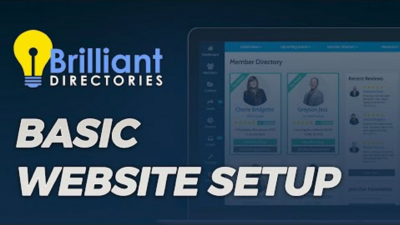

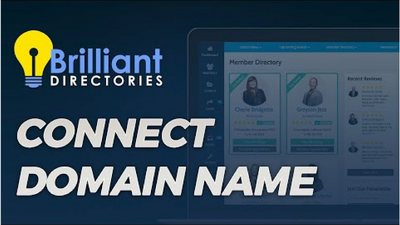

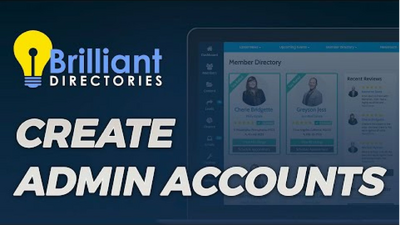
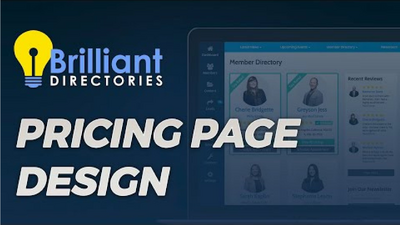
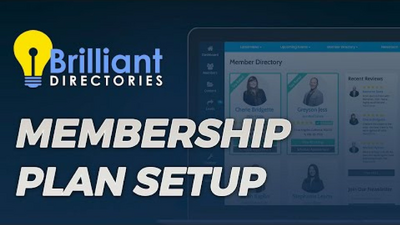
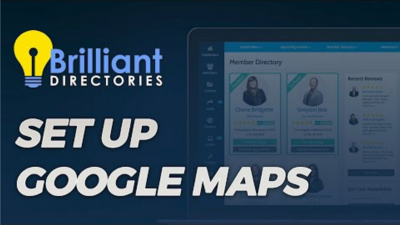




































![035. Profile Page Cover Photo [Members Dashboard] - Webinar Wednesday 35 - Guide for Directory](https://img.simplerousercontent.net/scaled_image/12904111/2bf80714eced574a28671acfc76cad7b252590a0/maxresdefault-34-768x432-400w-225h.jpg)








![044. Creating On-Site Visitor Actions [Online Marketing] - Webinar Wednesday 44- Directory Soft](https://img.simplerousercontent.net/scaled_image/12904073/0983fd510f623380c28bdb4c4646fa97fbeebe82/WW-Thumbnail-768x432-400w-225h.png)










![055. Results from Optimizing Homepage SEO for Google [Part 2] - Webinar Wednesday 55 - Director](https://img.simplerousercontent.net/scaled_image/12904007/f880371dcfc5dce1b6a654d872df4cf8813c625d/WW-Thumbnail-768x432-2--400w-225h.png)















![071. [New] Profile Cover Photo Update - Webinar Wednesday 71 - Training Workshop for Directory](https://img.simplerousercontent.net/scaled_image/12903905/0473ae19c3bb676a9ac24a967f043a5bff278416/WW71-Thumbnail-768x432-400w-225h.jpg)





![077. Limit Page Visibility [Sell Digital Downloads Add-on] - Webinar Wednesday 77 - Brilliant D](https://img.simplerousercontent.net/scaled_image/12903888/30f5386f3b07fe2d1fdd3801369fd02163938d88/WW77-Thumbnail-768x432-400w-225h.jpg)


















































































































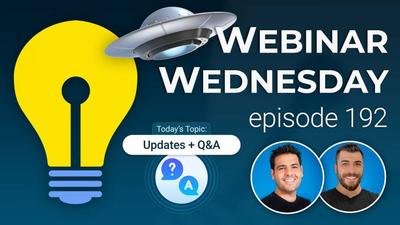




Comments